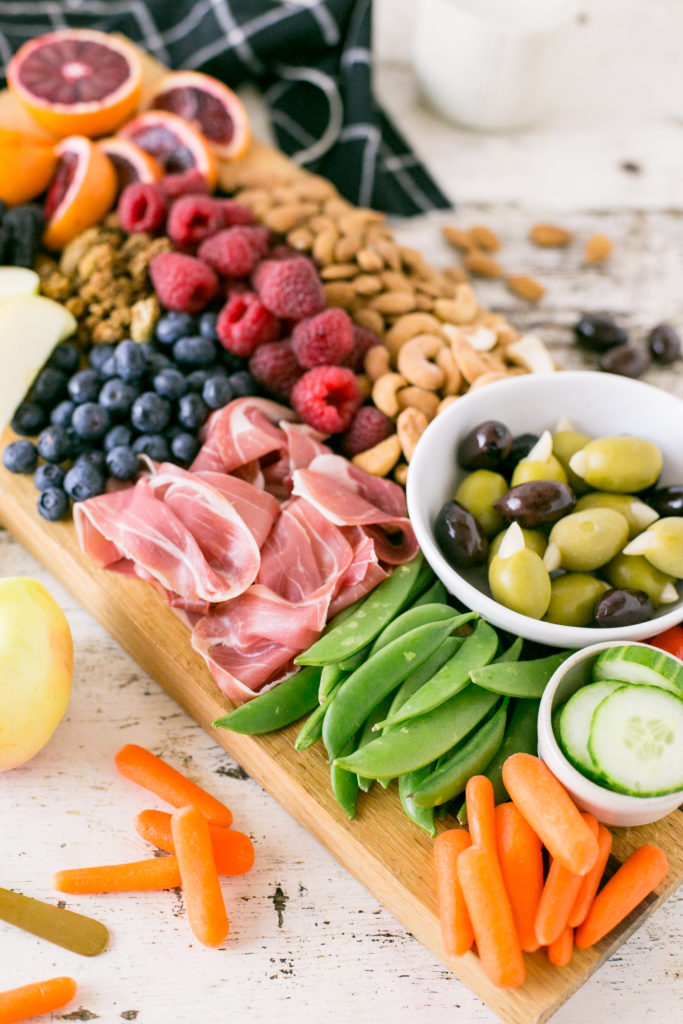What is the Paleo Diet?
The Paleo Diet is a diet modelled on the thought process that if a Palaeolithic (think caveman) person didn’t eat it, you shouldn’t either. This means foods such as meat, eggs, fruits and vegetables, nuts, and seeds are all on the menu. However, foods such as grains, many legumes, dairy products, and processed foods are all excluded from your diet.
One argument, coming from a nerd herself, is that a lot of foods on the Paleo Diet were probably not available to many Palaeolithic people. For example, corn was domesticated from a primarily inedible wild grass in Mexico by people approximately 8,700 years ago. Depending on what definition you use, the Palaeolithic era spans from approximately 3.3 million years ago to about 13, 000 years ago. There’s a slight gap in time between development of the foods we see today, and what was available in Palaeolithic times!
Additionally, the lifespan of the average caveman (or woman) was around 30 to 35 years old – possibly something the majority of us don’t wish to replicate! The foods we consume today are significantly different from what was available during Palaeolithic times, and therefore we will never consume a ‘true’ Paleo Diet.
Why is it Beneficial?
Moving past arguments on technicalities and definitions, the Paleo Diet encourages eating a balanced diet free of processed foods. The basic way this diet functions is by encouraging healthier, whole foods to be consumed. Fat loss involves the simple mathematics of burning more calories than consumed which leads to successful fat loss. The Paleo Diet can make it easier to do this through the consumption of unprocessed foods which are generally not as calorie-dense as processed foods. Calorie-dense foods often require you to consume more calories before you feel satisfied, making it very easy to overeat. Unlike other diets, the Paleo Diet doesn’t rely on starvation tactics, which often leads to lower adherence.
Why Should I Try the Paleo Diet?
The Paleo Diet, like most diets, can be beneficial when utilised correctly. It can be a great way to kickstart healthier eating habits, as it does not require any weighing, measuring, or mathematics. You can follow it on the go, opting for simple meals such as meat and salad or steamed vegetables. Convenience is the key to sticking to your diet!
Overall, the Paleo Diet often does not offer enough calories for individuals who wish to perform at a higher level. For example, Annie Thorisdottir, a renowned and successful Crossfitter, has followed a Paleo Diet in the past but found she needed to modify it to achieve her peak performance. Due to the regulations of the Paleo Diet, she consumed fewer carbs than she needed, negatively impacting her recovery and causing her to lose too much weight. The number of calories an individual requires to maintain or achieve a lean physique while still being able to exercise and function properly in their everyday life will depend on their individual activity levels. Therefore the Paleo Diet may need to be adapted and followed more loosely in some cases, such as with people who expend a lot of energy during the day, to allow for a healthy lifestyle.
For everyday Crossfitters and regular exercisers, the Paleo Diet can be a great way to kick start healthy eating. It encourages healthier food consumption and does not require regimented eating times, amounts, or weighing. It can be followed on the go, and can lead to real, significant results. It’s not an appropriate diet for everyone to follow, but certainly one you should give a try!

